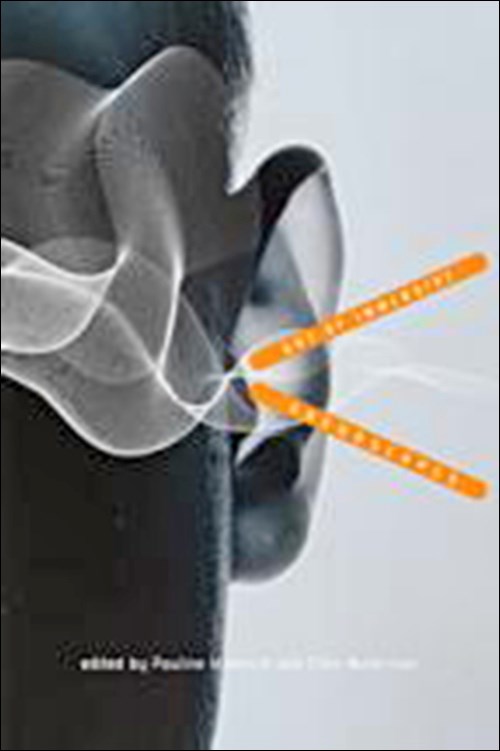Edited by Pauline Minevich and Ellen Waterman
Published by University of Regina Press
$39.95 ISBN 9-780889-772588
Music, laughter, the rustling wind: sound enriches our lives. Of course it can also work the other way, as anyone with belligerent neighbours can attest. Sound is an interesting field of study for scientists and artists. I'd never heard of "immersive soundscapes," and was curious to learn what they are, why they matter, and who's creating them.
Enter editors Pauline Minevich (associate professor in the Department of Music, University of Regina) and Ellen Waterman (dean of the School of Music and professor of musicologies at Memorial University of Newfoundland), who collected the disparate papers presented at the 2007 international conference "Intersections: Music and Sound, Music and Identity," held in Regina, and published them and a DVD of the presenters' audio and video explorations with sound in the book Art of Immersive Soundscapes.
Combining science and art, rural and urban, nature and technology, macro and micro, the featured composers in this book show us a fresh and interesting way to experience and understand our social and physical worlds.
The interdisciplinary "soundscape movement" began in the 1960s at B.C.'s Simon Fraser University, when composer R. Murray Schafer (and grad students) wanted to spotlight the "critical lack of attention to our sound environment, and its effects on our well-being." They sought to increase public awareness of sound environments, including noise pollution, and how those environments impacted people. Schafer differentiated "hi-fi" environments (harmonious sounds, ie: streams, with low ambient noise) and "lo-fi" environments ("the confusing 'noise' of modern life"). The composer felt that, like music, soundscapes had the ability to "enrich the inner lives of the creator and listener," and he and his students collected sound from Canadian cities and European villages. From this they created "aural images.”
The "immersive" aspect is the "social life of sounds," ie: "the myriad reflections, refractions, and reverberations that depend on the configuration of a particular performing space."
Practical examples include John Wynne's work with sound at a hospital in London, England. Using recordings and photography, Wynne provides the experience of "lying in the next bed trying to interpret" what's going on with a neighbouring patient. The project stimulates imagination.
Contributor Andrea Polli discusses the history of music from natural processes, ie: Aeolian harps and wind chimes, Balinese bamboo organs and the light whistles attached to the tails of young pigeons in China that produce "an open air concert.”
Gabriele Proy's Austrian project, Waldviertel: A Soundscape Composition, was one of the most accessible, and his recording among my favourite. He designed his soundscape to represent a "portrait of a day," using only nature sounds, church bells and a fire siren (played Saturdays at noon), things that represented his fond childhood memories of this forested rural region. He combined these "sound memories" and layered them with meaning.
Like reading poetry, engaged "listening" gives us pause, and opens us to deeper realms of perception. Sound like a great idea? If you agree, you'll gain much from this illuminating text, which includes photos and charts, and the accompanying DVD.
— This book is available at your local bookstore or from www.skbooks.com.



